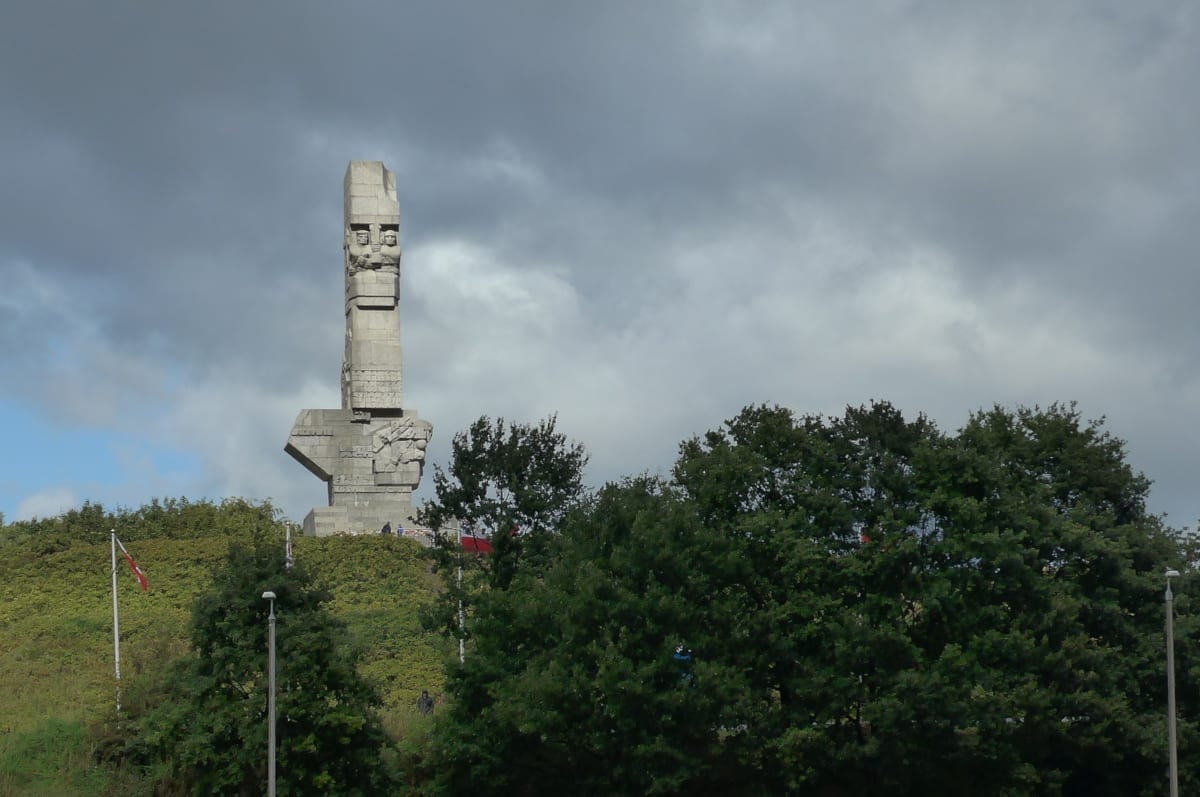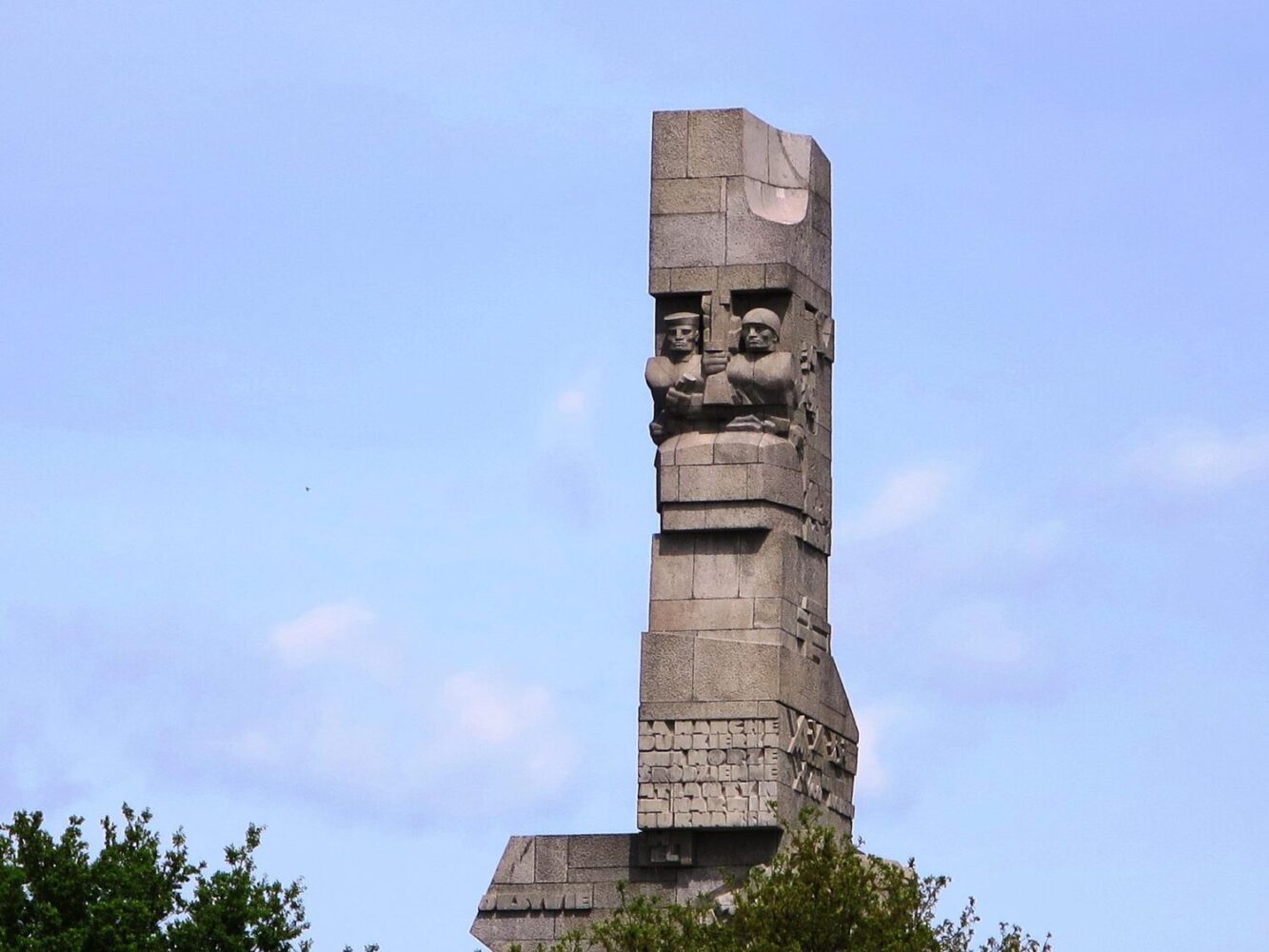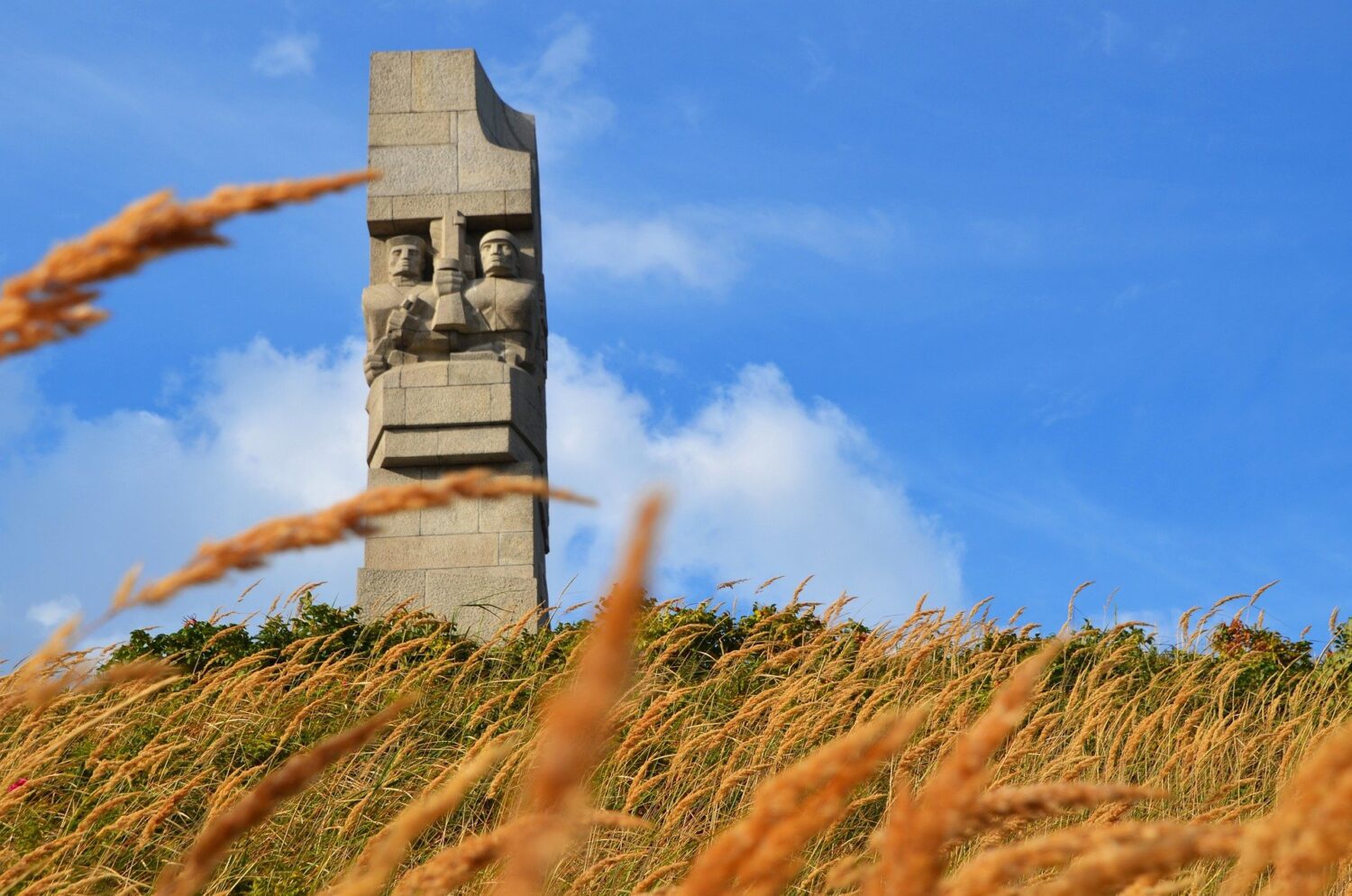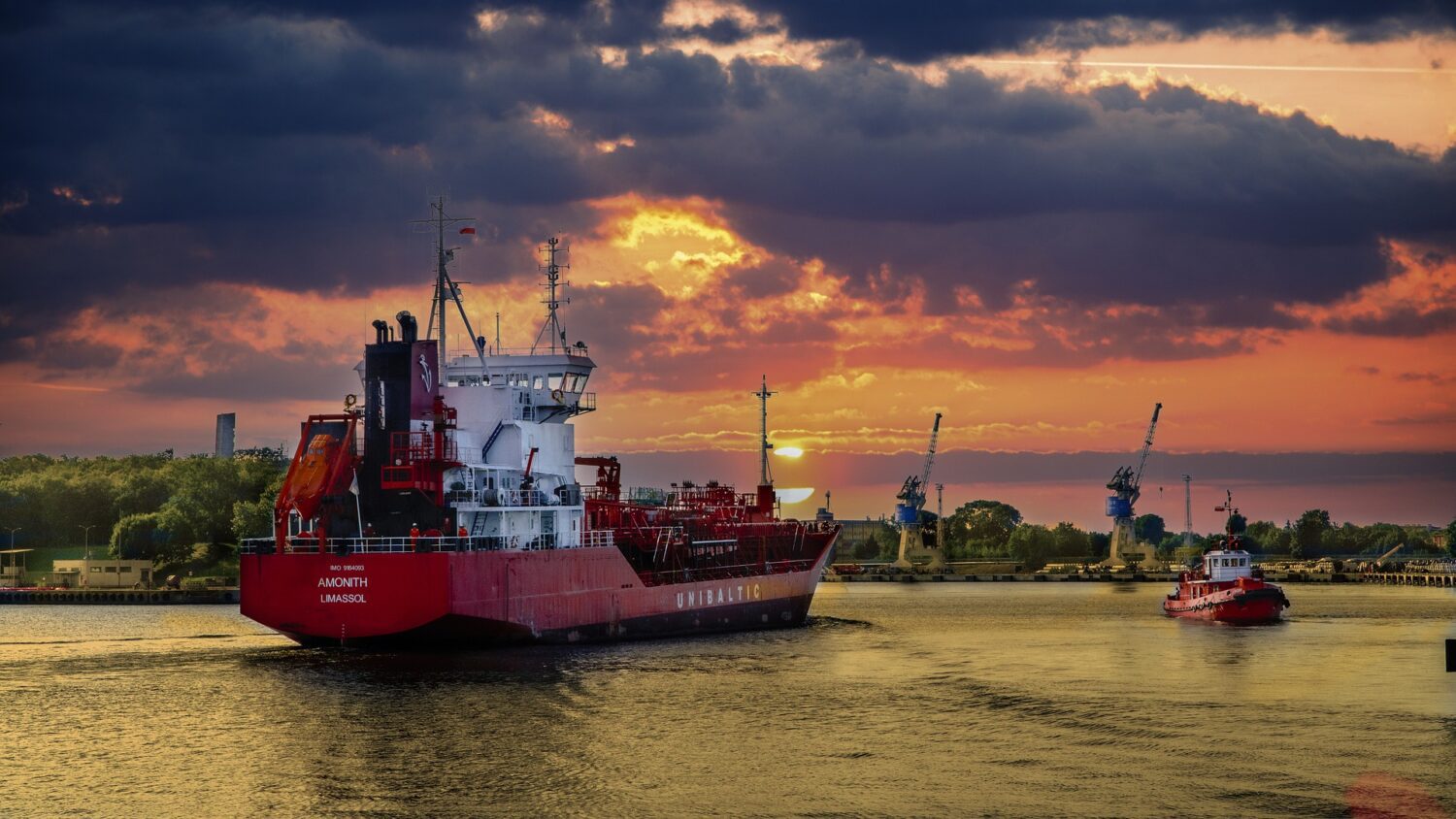
Battle of Westerplatte
Westerplatte – updated 15 January 2023,
Westerplatte is a peninsula in the city of Gdańsk, Poland. It is significant because it was the site of the first battle of World War II, on September 1, 1939. A small detachment of Polish soldiers, numbering around 180, defended the peninsula against the German invasion for seven days, before being overwhelmed. The battle is considered a symbol of heroism and sacrifice for Poland. Today, the site is home to a museum and monument dedicated to the memory of the battle and the soldiers who fought there.

Danzig
During the aftermath of World War I and the reestablishment of Polish independence, much of the region surrounding Gdańsk became a part of the Second Polish Republic with the exception of Gdańsk itself, which became an independent city state.
Free city
At the time, Gdańsk was known as Danzig and was a historically important port city, which had a majority German population. The independent city state became known as the Free City of Danzig, which was nominally administered by the League of Nations but in reality, it became increasingly allied with Germany.

League of Nations
In 1921, the League of Nations granted Poland the right to establish a garrison and ammunition depot close to the Free City. Despite some objections from the Free City, the depot was completed in November 1925 and became operational in January 1926. Westerplatte was the chosen location due to its separation from the port of the Free City by the harbour channel.
Permission to establish the garrison by the League of Nations came with a couple of caveats, namely: the garrison’s size could not exceed 88 soldiers and fortifications could not be constructed.

Marine battalion
The establishment of the garrison and depot was always going to act as a tinderbox in the region with the Polish held part of the Westerplatte only separated from the territory of Danzig by a brick wall and relations became further inflamed on 6th March 1933 when the Polish government decided to land a marine battalion at Westerplatte briefly strengthening the garrison there to 200 soldiers.
The purpose of this was purely political in response to recent comments by German politicians about border adjustment and disagreement about management and control over harbour police.
The extra marines were withdrawn on 16th March after protests from the League of Nations, the Free City and Germany and some concessions were made in regard to control over the harbour police.
Fortifications
Over the following years, Poland disrespected the second caveat for establishing a garrison at Westerplatte by constructing some fortifications in the surrounding area. These were not very impressive defences, just five small concrete outposts, trenches, barricades and reinforced buildings. This all led to rising tensions between Poland and Germany and in the spring of 1939, the garrison at Westerplatte was placed on alert.
Invasion of Poland
Germany began its invasion of Poland by dropping bombs on the city of Wieluń in central Poland. Just a few minutes later, the battleship Schleswig-Holstein opened fire on the Polish garrison at Westerplatte. A land battle around the garrison followed between Polish defenders and German Marines.
Surrender
The Polish repelled two assaults that day using just small arms, mortar and machine-gun fire and over the next few days, they were subjected to multiple bombing raids from Junkers Ju 87 Stukas and shelling from naval and field artillery positions. Eventually on 7th September, the Polish soldiers had no choice but to surrender.
Museum
Today at Westerplatte, visitors can see the ruins of barracks and guardhouses; one of which has been turned into a museum. A Monument to the garrison defenders was unveiled in 1966.
FAQ
Q: What is Westerplatte?
A: It is a peninsula in the city of Gdańsk, Poland.
Q: Why is Westerplatte significant?
A: Westerplatte is significant because it was the site of the first battle of World War II, on September 1, 1939.
Q: What happened at Westerplatte?
A: On September 1, 1939, a small detachment of Polish soldiers, numbering around 180, defended the peninsula against the German invasion for seven days, before being overwhelmed.
Q: Is there a museum at Westerplatte?
A: Yes, there is a museum dedicated to the memory of the battle of Westerplatte and the soldiers who fought there.
Q: Is Westerplatte open to visitors?
A: Yes, it is open to visitors and is a popular tourist destination.